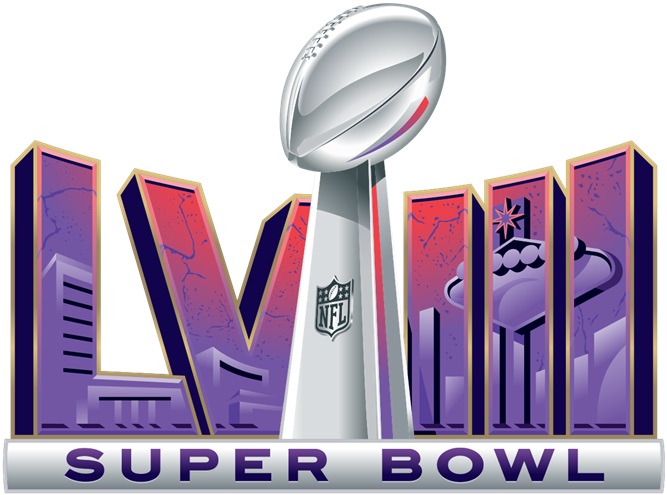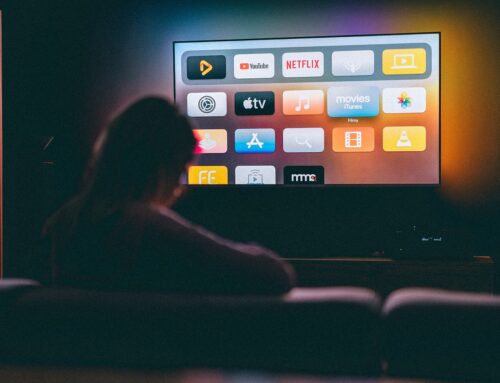As the Chiefs and 49ers get ready for the big game, brands are finalizing their Super Bowl ad plans for the Feb. 11 game in Las Vegas.
In early November, CBS reported that all ad space is virtually sold out. When it comes to cost, ad space is going for about $6.5- $7 million for a 30-second unit, like the 2023 game. The traditional definition of a Super Bowl commercial includes all national spots between the coin toss and end of play.
Total advertising revenue expected for the network is $600 Million, which is estimated to draw record ratings with 115 million viewers.
Who Will We See?
Etsy is poised to make its first appearance in the Super Bowl next year, according to inside sources. While the online marketplace has been amping up its presence in recent years with National TV spots and Holiday campaign, this marks a new level of advertising for the 18-year old marketer.
Coors Light will star in a Super Bowl ad, hoping to position the products as “the beer of choice for millions of pro football fans,” after a successful campaign for the brand during the 2023 college football season.
Beauty brand Dove returns to the Super Bowl for the first time since 2006, with a :30-second TV spot during the first quarter of the game. The ad will focus on the importance of boosting self-esteem in young girls, promoting body confidence in girls to encourage them to keep playing the sports they love.
Additional top brands that are preparing for advertising’s biggest night are Mars, Hellman’s Mayo, Bud Light, Oreo, and BMW.
Content and Messaging Expectations:
Technology Integration: As technology continues to advance, we can expect Super Bowl ads to incorporate innovative technologies. This could include augmented reality (AR), virtual reality (VR), or interactive elements that engage viewers in new and exciting ways.
Sustainability and Social Responsibility: Given the increasing importance of sustainability and social responsibility in the public consciousness, Super Bowl ads may focus more on brands’ environmental and social initiatives. Expect to see messages that emphasize a commitment to eco-friendly practices and social causes.
Personalization: Advertisers may leverage data and technology to create more personalized and targeted ads. This could involve tailoring content based on viewers’ preferences, behaviors, or even real-time interactions.
Inclusivity and Diversity: Advertisers are likely to continue embracing diversity and inclusivity in their campaigns. Super Bowl ads may feature a more diverse range of talent and narratives that reflect a variety of backgrounds and perspectives.
Storytelling and Emotional Appeal: Successful Super Bowl ads often tell compelling stories or evoke strong emotions. Brands may continue to prioritize storytelling to create memorable and shareable content that resonates with viewers.
Integration with Social Media Influencers: Collaborations between brands and social media influencers are likely to continue, with influencers playing a role in both the creation and promotion of Super Bowl ads. This can help extend the reach of the campaign and connect with a broader audience.





